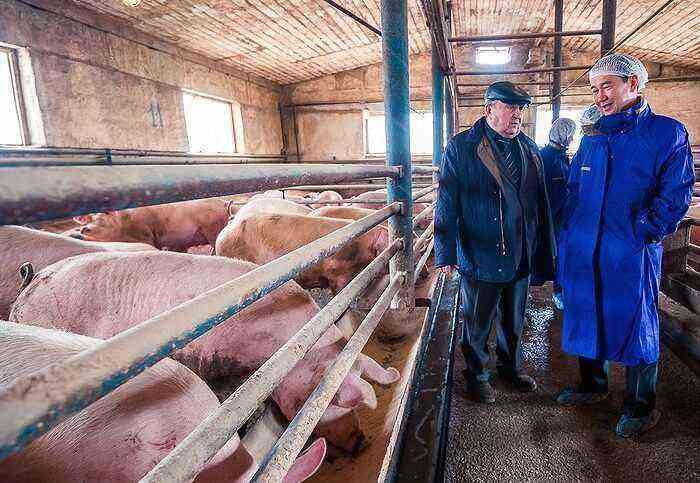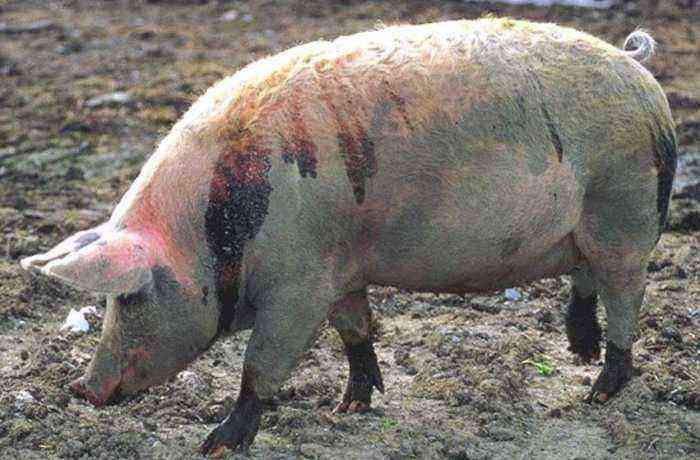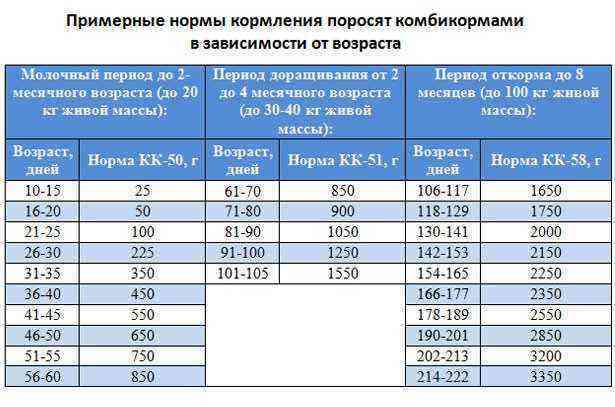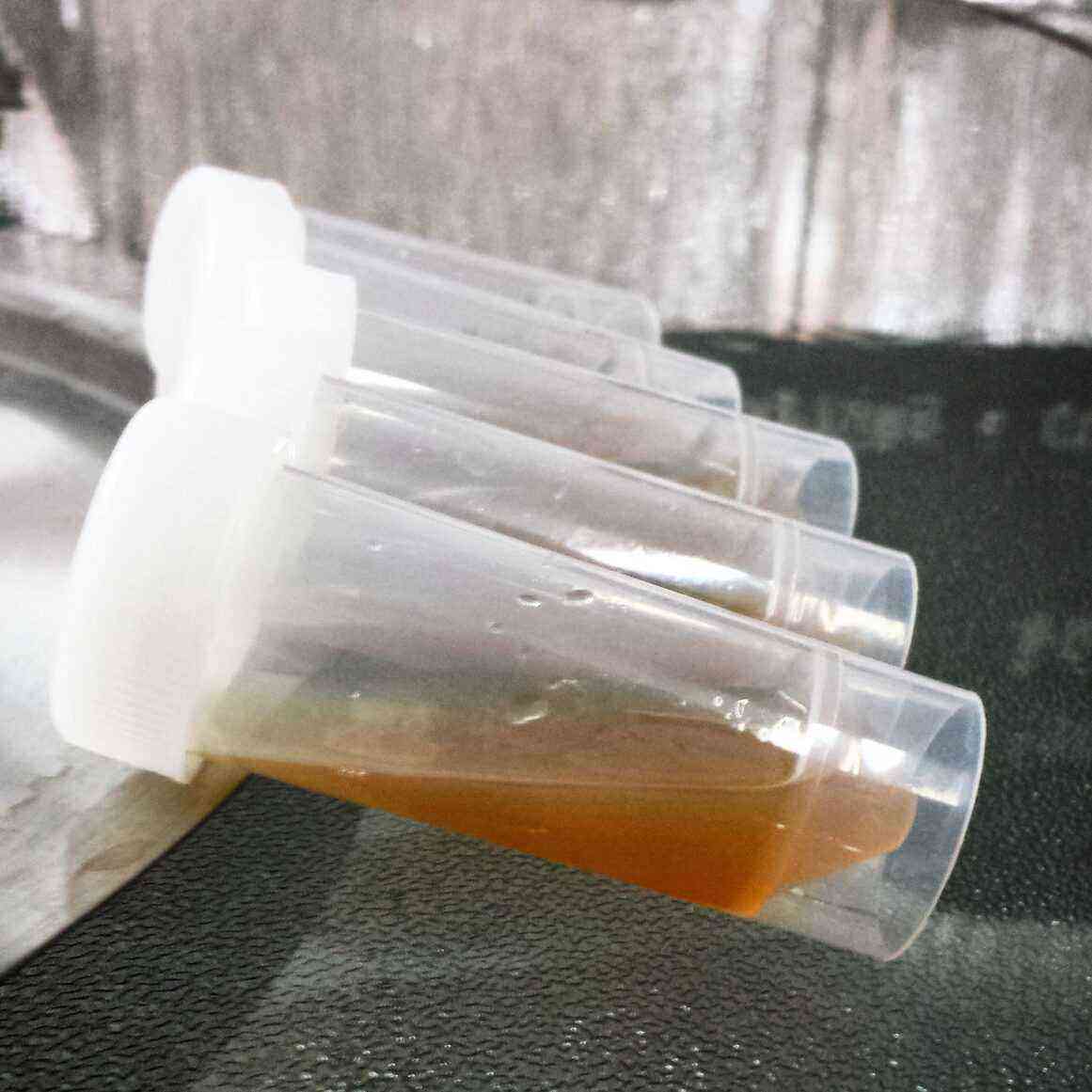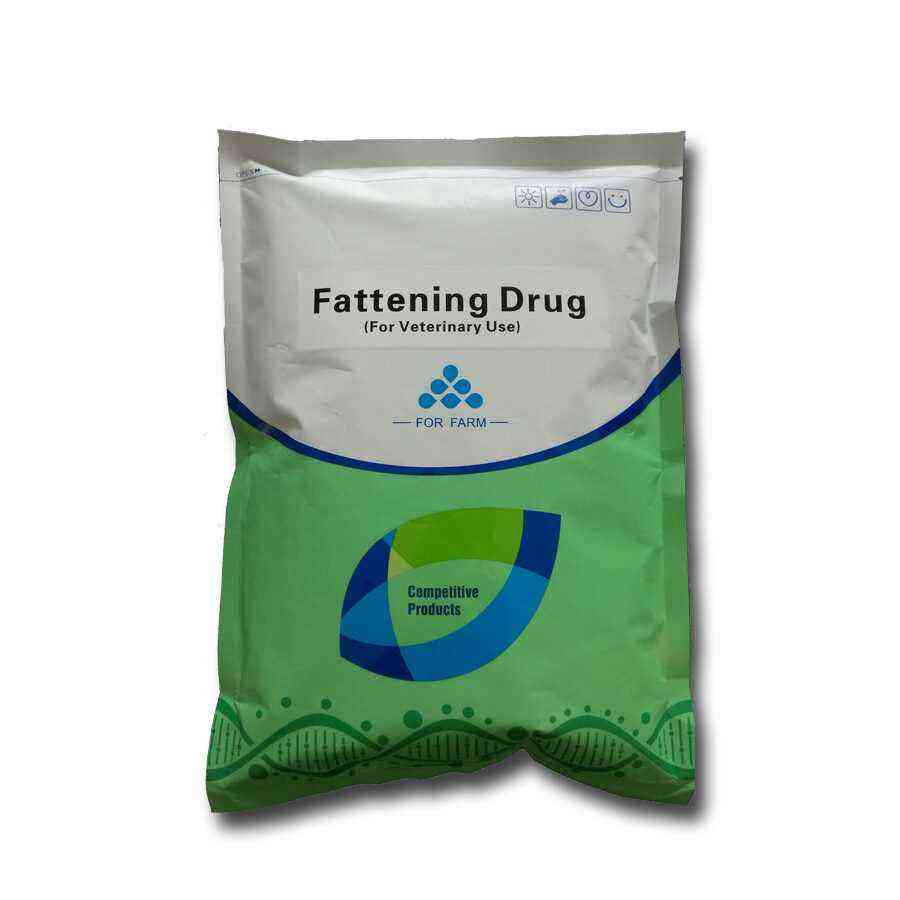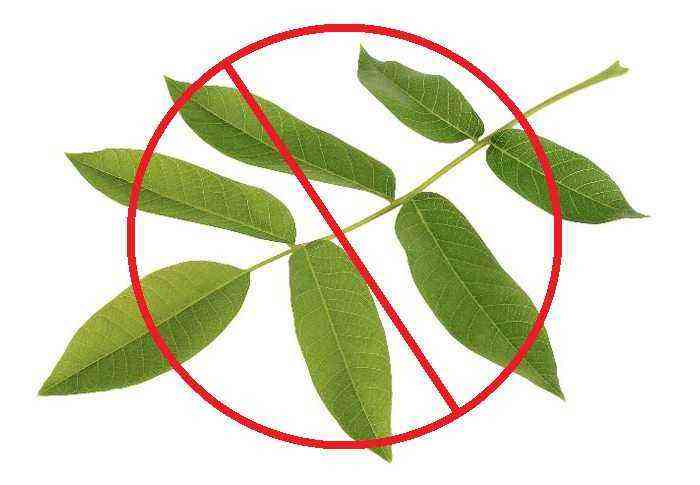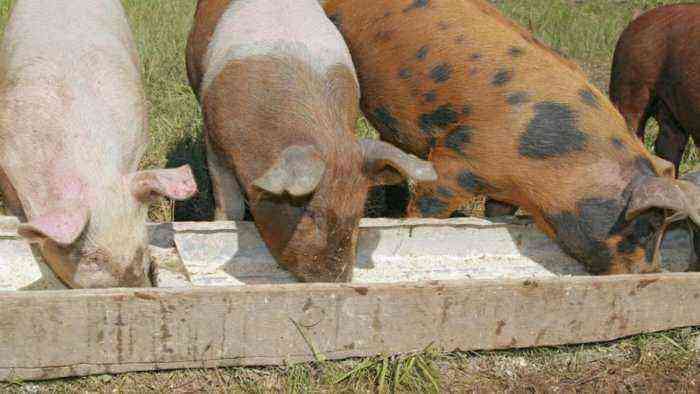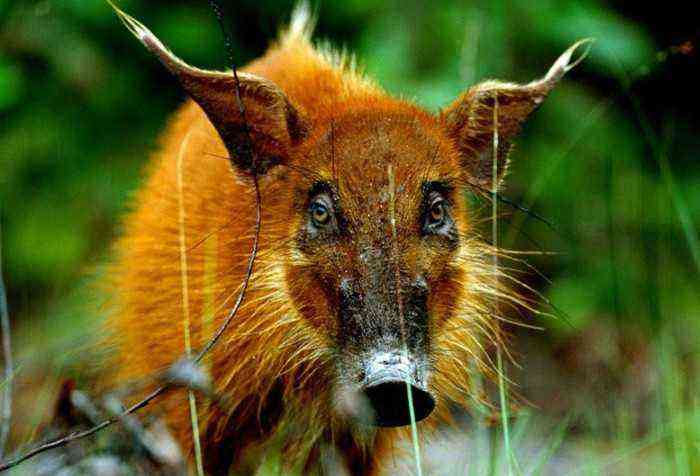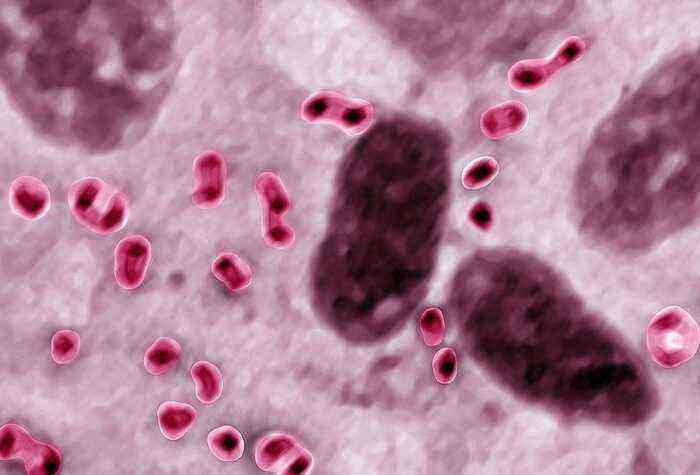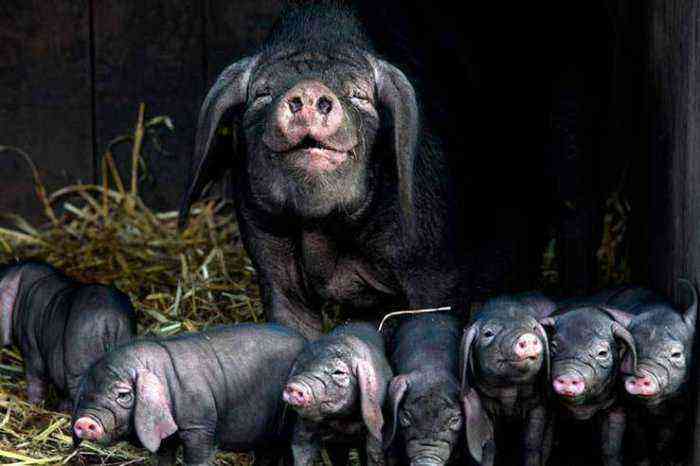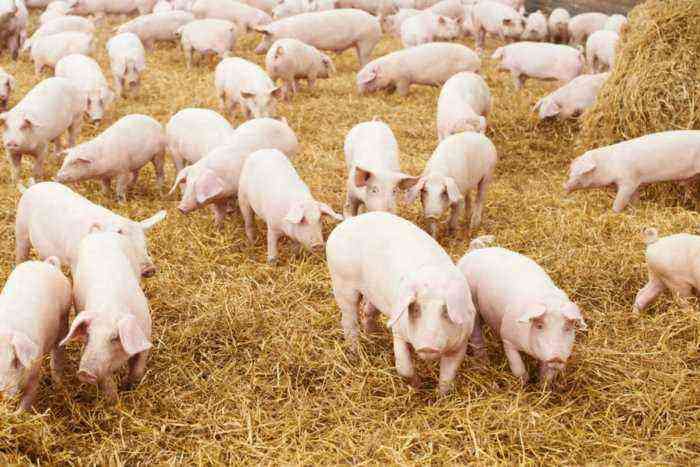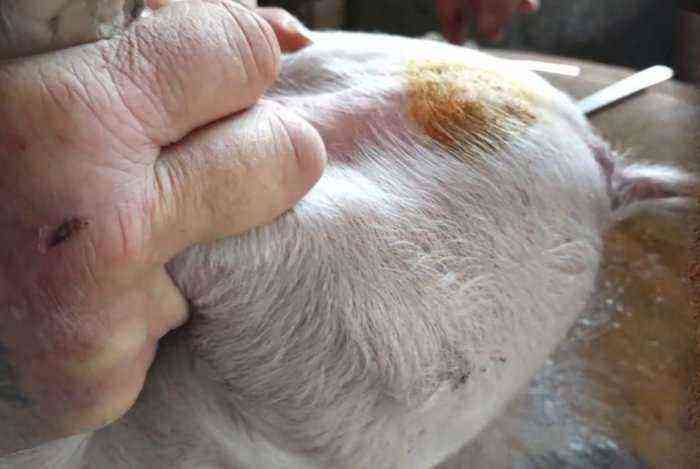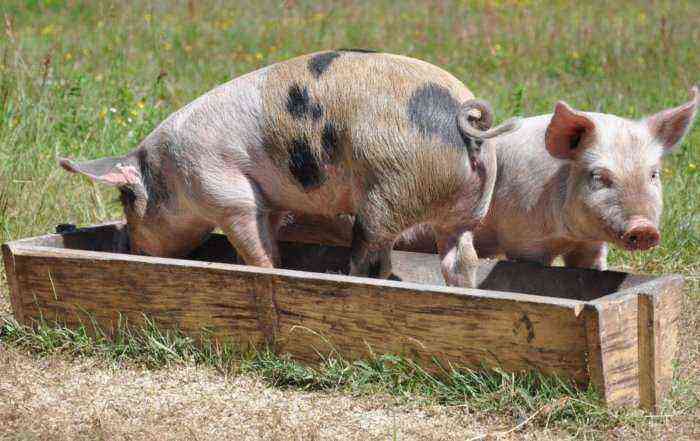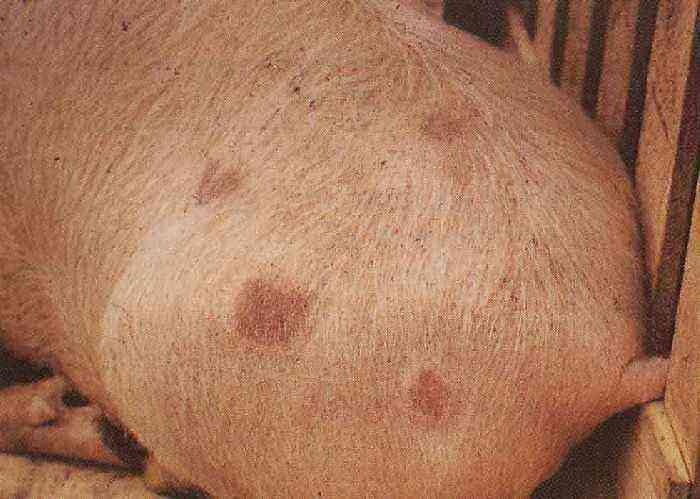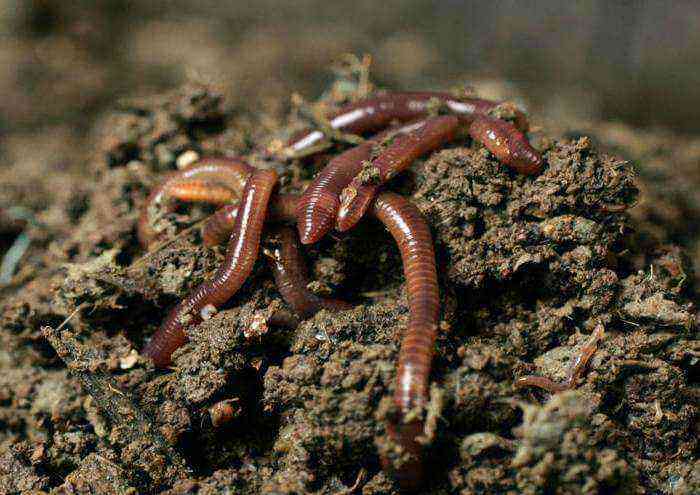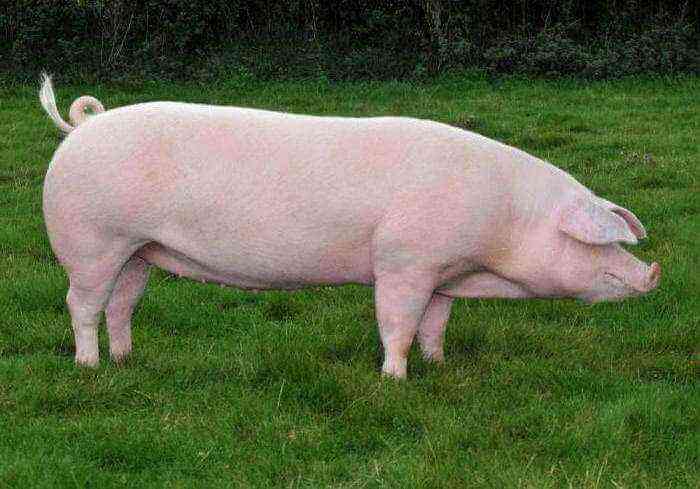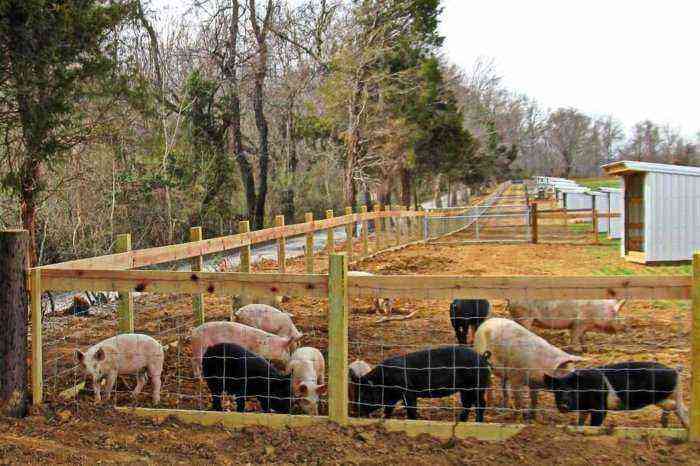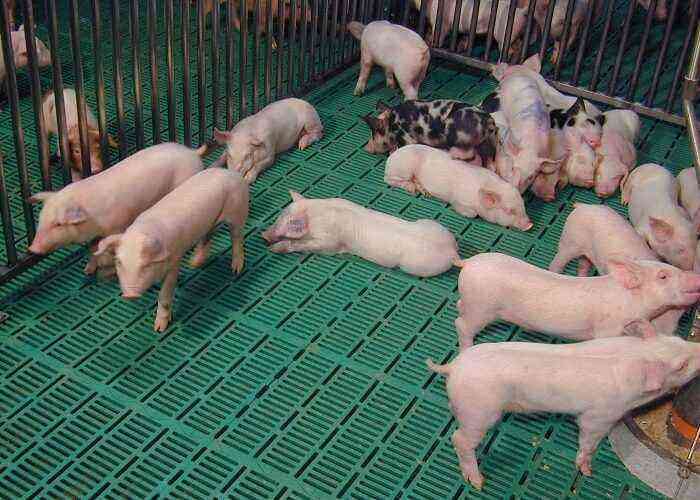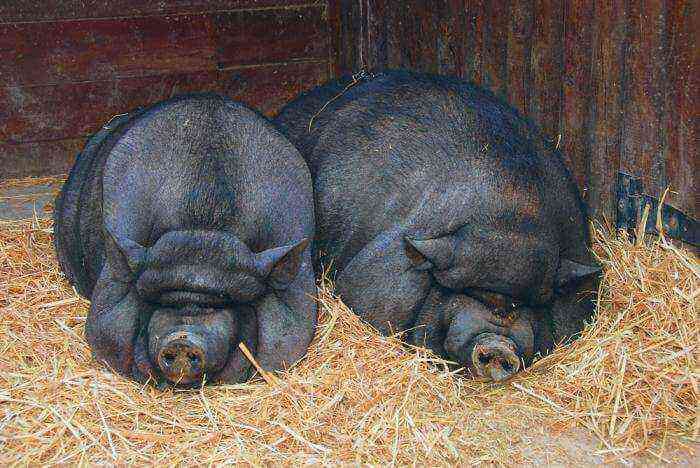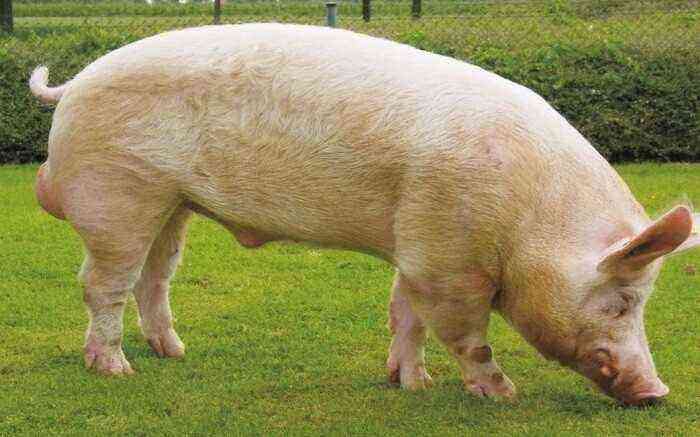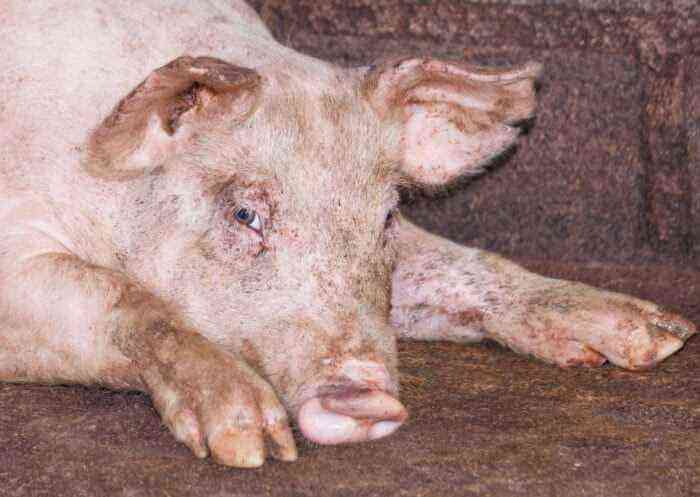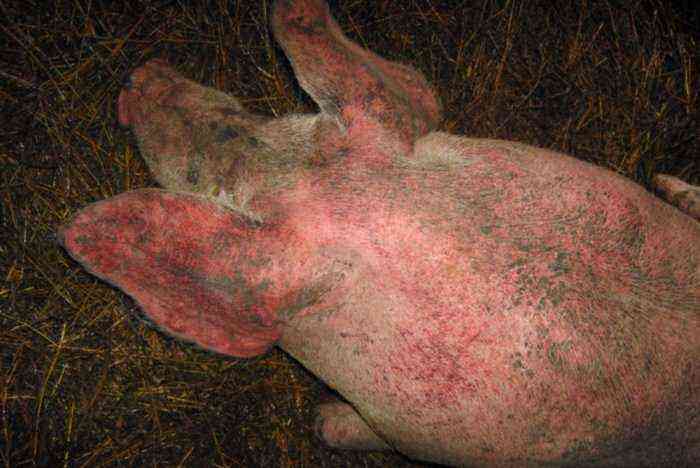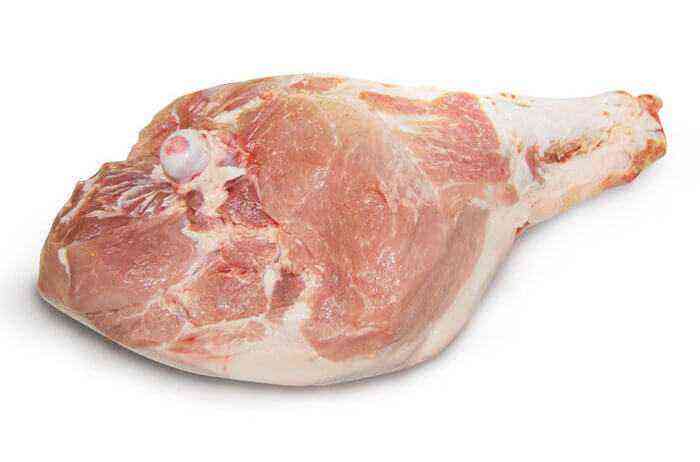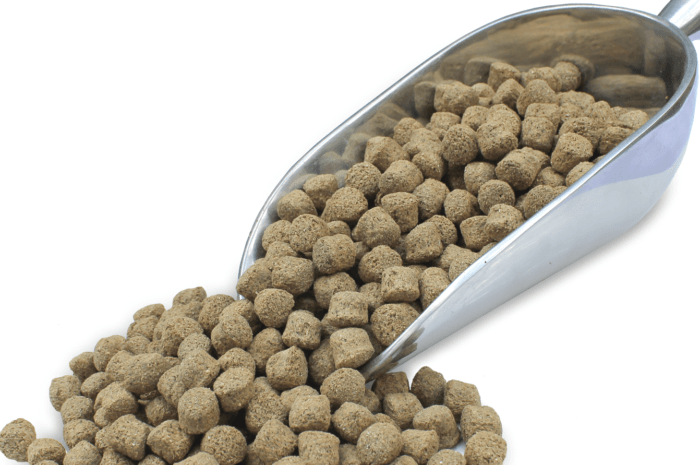African swine fever is a highly contagious disease that can quickly destroy the entire livestock. Montgomery fever entered Russia in 2007 and quickly spread throughout the country. Due to ASF, more than 1 million individuals were killed and subsequently burned, dozens of farms were destroyed.
African Plague: Quarantine Zone
History of occurrence
The African plague appeared at the beginning of the 20th century. The first outbreak was registered among wild individuals. From South Africa, which is considered the birthplace of the disease, ASF came to Europe and then to America. Now Montgomery’s fever has hit every continent.
In Russia, the disease appeared in 2007. The first outbreaks were registered near the border with Georgia. In 2008, ASF struck the Stavropol Territory, and later Krasnodar. In 2009, the disease entered the territory of central Russia, and a year later it was already in the Leningrad region. By 2017, about 500 foci of infection were discovered, more than 1 million pigs were destroyed.
Ways of infection
There are 2 ways to get infected:
- aerogenic (airborne);
- alimentary (through mucous membranes or through the skin).
Having penetrated into the body of a pig, the pathogen begins to actively infect macrophages – cells that are able to resist it. Then the virus captures the circulatory system, lymphatic vessels. As a result, thrombosis occurs. After the full development of the disease, immunity decreases, extensive necrosis is formed, numerous subcutaneous and internal hemorrhages occur.
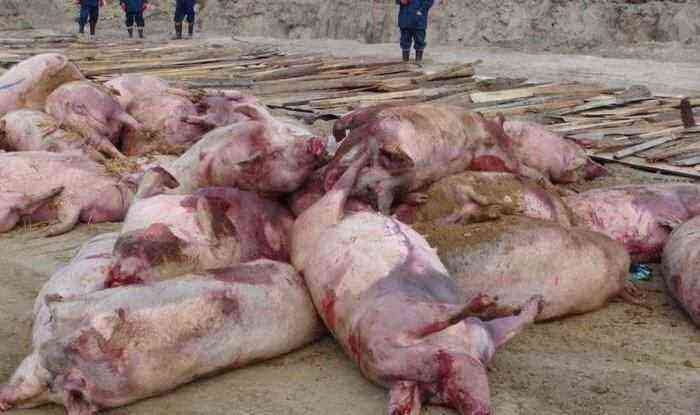
The death of pigs
Ways of infection:
- seeded farm inventory;
- contaminated compound feed;
- unheated waste fed to pigs;
- contaminated water;
- contact with sick pigs;
- communication of animals with intermediate carriers of the pathogen – people, mice, rats;
- feeding waste from slaughter of infected individuals.
In the event of a mass loss of livestock, the farmer is obliged to contact the district state veterinary clinic to call specialists to the site.
Attention! Do not dispose of dead carcasses on your own, this can lead to the spread of the disease!
No vaccine has been developed for African swine fever, and there is no cure, so almost all infected animals die.
Signs and symptoms of the disease
The duration of the incubation period of African swine fever depends on the general immunity of the animal and the number of virus pathogens that have entered its body. Most often, it takes from 2 to 10 days before the first signs of the disease appear. In some cases, Montgomery’s fever becomes chronic, then the incubation period can stretch up to 8-10 months.
African swine fever symptoms:
- temperature rise above 41 degrees;
- refusal to feed;
- general poor health of animals;
- diarrhea with blood, less often – constipation;
- swollen lymph nodes;
- subcutaneous hemorrhages, the appearance of hematomas;
- anemia, white mucous membranes;
- shortness of breath, heart failure;
- paralysis of the hind legs;
- beginning of maturity.
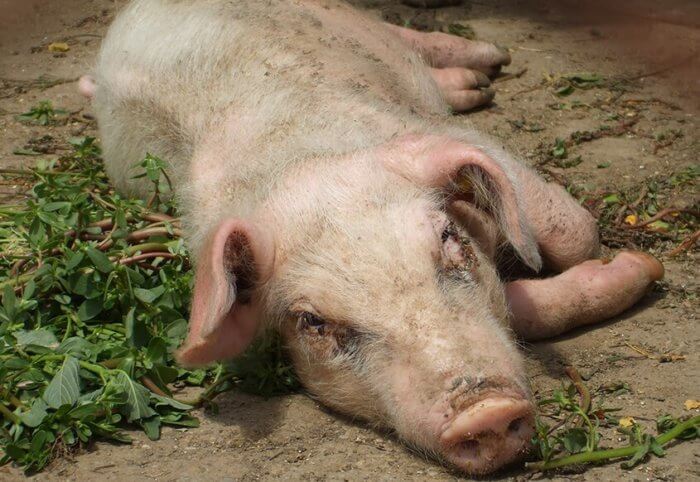
Paralysis of the hind legs in pigs
All diseased animals must be destroyed by burning. This is done to prevent the spread of infection.
Forms of the disease
There are 3 forms of African swine fever:
- The acute course of the disease is characterized by an ultra-rapid increase in the severity of symptoms. First, the pig has a high temperature, she refuses to eat, and the heart muscle is damaged. The animal lies almost all the time, he does not have enough air, shortness of breath begins. Before death, the temperature often drops, the pig does not respond to external stimuli and falls into a coma. In the acute course of the disease from the appearance of the first symptoms to death, it takes from 2-3 days.
- The subacute form of African swine fever develops more slowly. The temperature of the animal then decreases, then rises again. The pig either refuses to eat, or eats very little, looks lethargic and emaciated. Death occurs in 2-3 weeks, most often from heart failure.
- The chronic course of the disease is characterized by moderate severity of symptoms. The pig’s appetite decreases, fever periodically occurs, bruises appear under the skin. Most often, in the chronic form of African plague, individuals die from exhaustion.
Sometimes not all livestock show symptoms, but all individuals are subject to destruction. Signs of African swine fever can vary due to the mutation of the virus.
Control measures and prevention
To date, it is impossible to prevent the infection of new territories, so veterinary services can only contain the spread of African swine fever. The main thing is to prevent the start of an epidemic.
Measures to prevent the spread of ASF include:
- destruction of diseased livestock;
- burning inventory with which pigs have been in contact;
- the imposition of quarantine not only on the farm, but also on all farms within a radius of 20 km from it;
- feed and dilapidated buildings are destroyed;
- capital structures – disinfect;
- in the quarantine zone, the sale of pork and products from it, as well as the sale of young animals and breeding animals, is prohibited;
- cattle are slaughtered by the bloodless method and burned.

Sick pigs are killed and burned
Within a radius of 20 km from the farm where the disease was diagnosed, the entire population of pigs is destroyed. It is allowed to manufacture canned food from the meat of healthy animals in the quarantine area.
Attention! You can buy new pigs no earlier than 40 days after the quarantine is lifted.
To prevent the spread of the disease, veterinarians recommend purchasing livestock only on farms. Do not feed animals unknown feed and food waste that has not undergone heat treatment. Owners should not allow free range of pigs and their contact with strangers.
Is African swine fever dangerous to humans?
Doctors and epidemiologists deny the danger of African swine fever to humans. The virus dies at temperatures above 70 degrees, so canned food can be made from the meat of livestock that is not sick, but is in the quarantine zone. In the course of laboratory studies, it was proved that the causative agent of swine fever does not pose a danger to humans.
But the virus is constantly mutating, so scientists fear the emergence of new strains. Epidemiologists admit the emergence in the future of a form of African swine fever that can also affect humans.
Montgomery fever brings enormous harm to the national economy. The main costs go to quarantine measures and the destruction of sick livestock.
